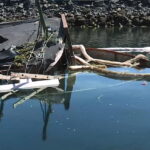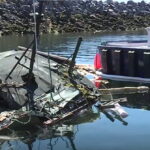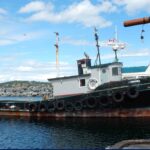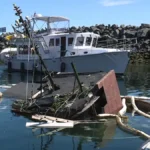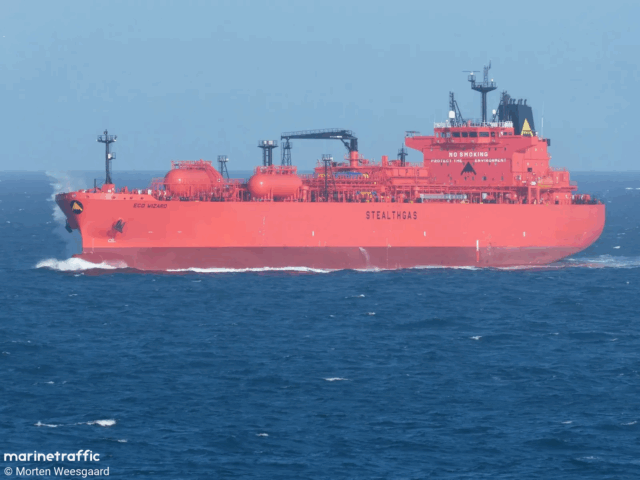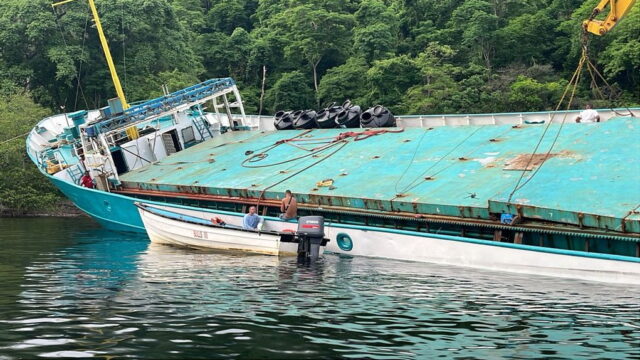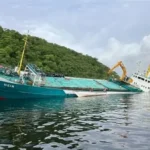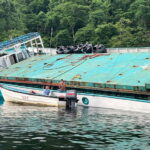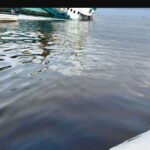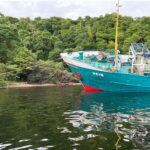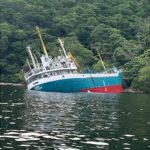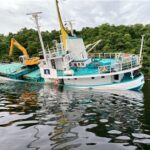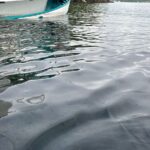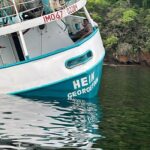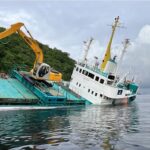Iron Horse
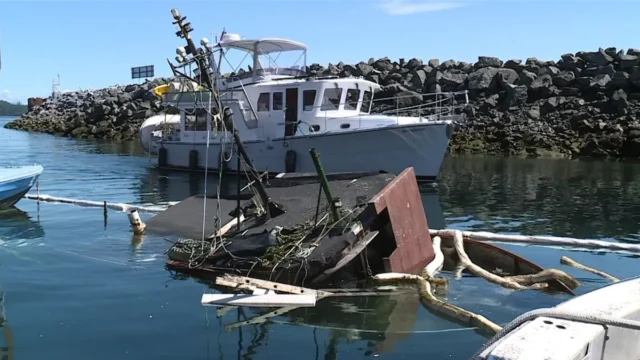
On July 7, the 15 meter long tugboat Iron Horse sank to the bottom in the Discovery Passage in Campbell River marina on Vancouver Island, British Columbia, Canada. The tugboat, built in 1945, had been derelict for some years and had suffered water ingress and partially sank in May 2025 before it completely sank in July.
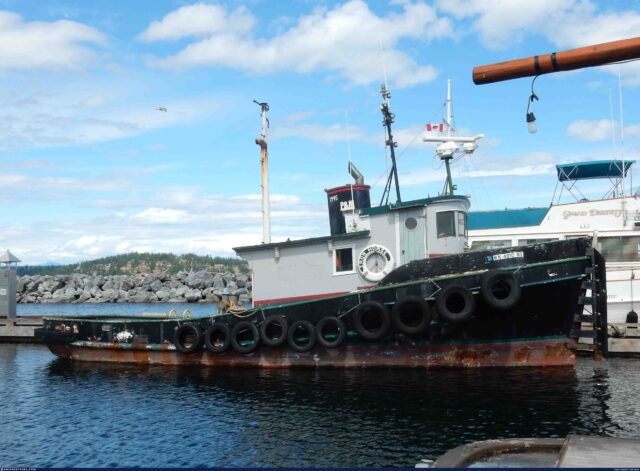
Port authorities reported that small amount of oil and diesel fuel pollution had been released from the tugboat. The Canadian Coast Guard had the owner remove the majority of the oil and fuel in 2023. The owner of the Iron Horse once lived in a makeshift houseboat tied next to the tugboat. The man was elderly and had moved away some time prior. Authorities state they do not have a current address for the owner. The Iron Horse had no insurance.
The harbour authorities state they may have to pay for the cost of removing the tug and the pollution cleanup. Estimates could be as high as $100,000 CAN. The Canadian Coast Guard will not be involved as the Iron Horse was not a navigational hazard and the amount of pollution is minor.
